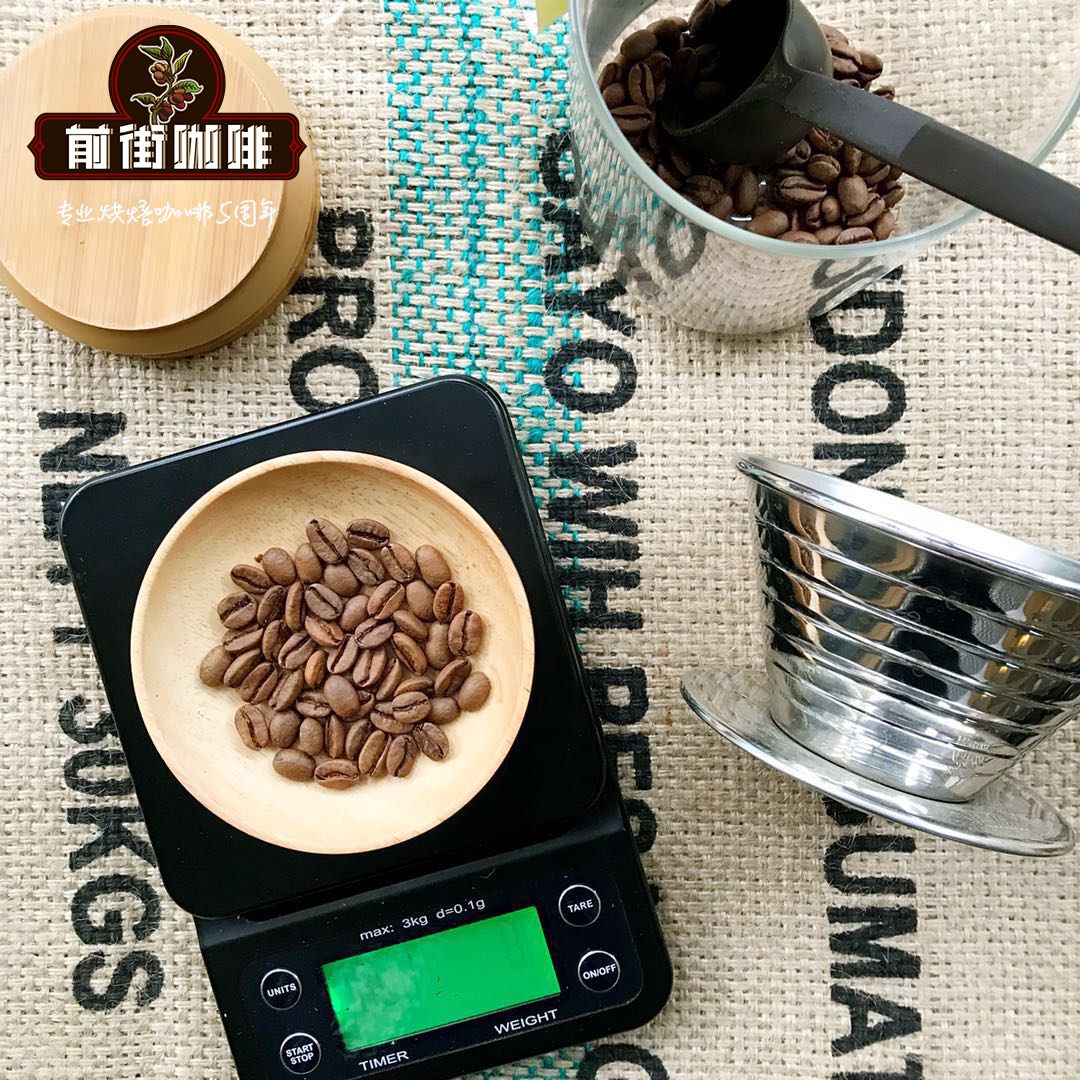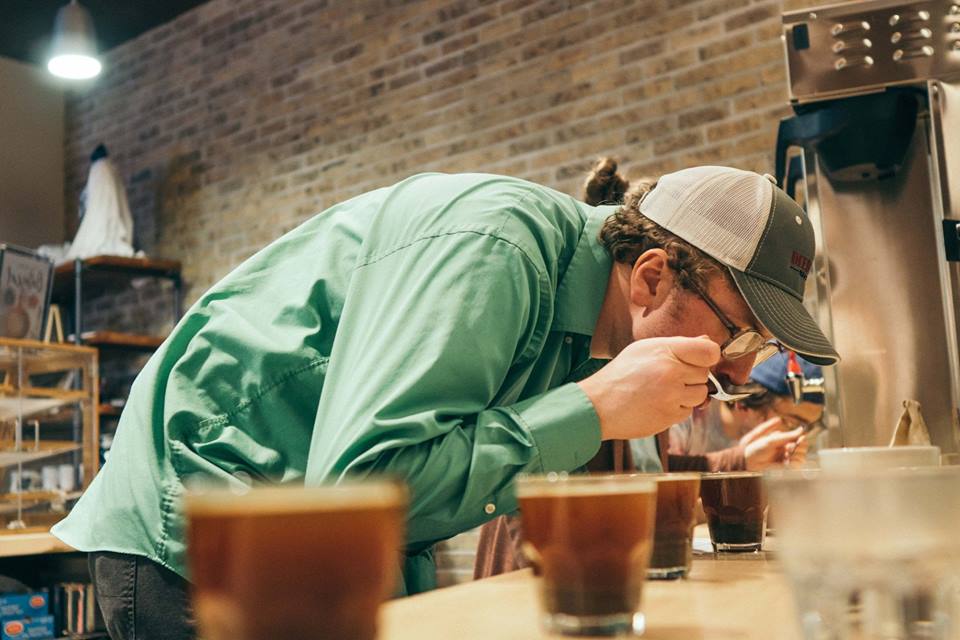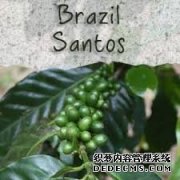Introduction of Manor Theodotos in San Juan, Honduras

Professional coffee knowledge exchange more coffee bean information please follow the coffee workshop (Wechat official account cafe_style)
Introduction to the eight Coffee producing areas in Honduras
According to IHCAFE data, Honduran coffee can be divided into six major producing areas, mainly located in western and southern Copan, Opalaca, Montecillos, Comayagua, Agalta Tropical and El Paraiso. The average height of high-quality products is more than 1100 meters above sea level. 69% of the coffee grown in these areas is HG, and 12% is SHG,19% and CS. The main varieties are Typica, Bourbon, Caturra, Villa Sarchi and Lempira. At present, the main classification is still by altitude. The relationship between Hongguo coffee grade and height is as follows:
The following three levels and the specified altitude are--
Standard grade, planting height is 610-915m.
High Grown grade, planting height is 915-1220 (m)
Strictily High Grown grade, planting height is more than 1221 meters
I am more interested in the establishment of the Western Honduras Coffee Association, referred to as HWC, which is located in the western producing area, and its development is worthy of attention.
The coffee produced and labeled by HWC is the first geographical indication (PGI) protected by the Macro government, and is also registered as a property right (IP) and brand (MC) of Honduras.
Coffees of western Honduras (HWC) is the first Protected Geographical Indication (PGI) and Brand Collective (MC) recognized and registered by the Honduran Institute Honduran Property (IP).
In addition to promoting boutique coffee through CoE competitions, Honduras has launched more delicate and accurate regional brands, which are no different from Guardia's identification and geographical indications, perhaps because Ethiopia defends the trademark rights of geographical names such as Sidamo and Yirgacheffe. The logo of Hongguo Western Coffee has been registered at the preparatory stage and licensed by the government and the National Coffee Bureau. Their idea is to provide market purchasing reference according to the testing quality of coffee harvesting and processing in the western region, the cup testing process and the standards of Grade 1 and Grade 2, and to identify eight sub-producing areas of coffee (HWC) in western Honduras according to sensory and flavor characteristics, geographical area, climate, soil, soil, process, etc. (organoleptic characteristics, geography, climate, soil, process).
These secondary producing areas are:
Erapuca (Ocotepeque- Copa á n), G ü isayote (Ocotepeque)
Celaque (Ocotepeque, Copa á n and Lempira
Puca (Lempira)
Camapara (Lempira)
Congol ó n (Lempira)
Opalaca (Intibuca)
Green Mountain (Lempira)
San Juan Theodore, Honduras
San Juan Ciudo is a small village in central Honduras, 40 kilometers northeast of Tegucigalpa, the capital of Honduras.
The town is under the jurisdiction of Francisco Morz á n, although San Juan Theodore is historically famous for its mineral deposits.
But the estate is located in the buffer zone of La Tigra National Park, which is a rainforest ecosystem.
It is also the first national park in Honduras. The park acts as a huge reservoir.
Its climate and altitude are very favorable for the production of high quality coffee beans.
A partnership of hundreds of small coffee growers in central Honduras is located in San Juan Theodor.
COMISAJUL is a cooperative organized by hundreds of coffee farmers in the San Juan Heido area.
The coffee here is grown in the mountains at an altitude of 1450-1550 meters, and coffee farmers pick ripe fruits by hand during the harvest season.
After washing, the fermented water with coffee peel and pulp produced by sun-drying and washing is collected and used as fertilizer for coffee trees.
Otos Manor
After Carlos Efrain Paz Seville, the owner of the estate, bought the first piece of land in 1997,
He began to have a passion for coffee, and when he was 68, he owned 25 times as much land as before.
Cedar, avocado, lime, banana, avocado, papaya and other fruit trees can be seen everywhere on the farm.
Very clean, high sweetness, soft acidity, with nutty, caramel, milk chocolate flavor.
END
Important Notice :
前街咖啡 FrontStreet Coffee has moved to new addredd:
FrontStreet Coffee Address: 315,Donghua East Road,GuangZhou
Tel:020 38364473
- Prev

[coffee producing area] the "unpopular" top coffee production in Central America-is Honduran coffee good?
Professional coffee knowledge exchange more coffee bean information please follow the coffee workshop (Wechat official account cafe_style) Honduran coffee have you tasted? Honduras, a country in Central America, is particularly unpopular among many Central American coffee-producing countries because it has not established diplomatic relations with China. But as you may not know, since 2011, Honduran coffee
- Next

Ethiopian coffee beans
When it comes to Ethiopia, people think of coffee. Yes, Ethiopia is the birthplace of coffee. Most coffee grows on the plateau at an altitude of 1400-2000 meters. The more famous coffee beans are shepherd, Vina fruit, Sidamo, candlelight, and other coffee beans. The most famous of these is the shepherd, from Cochel Teklu Demble Manor, which has a bright orange taste.
Related
- Does Rose Summer choose Blue, Green or Red? Detailed explanation of Rose Summer Coffee plots and Classification in Panamanian Jade Manor
- What is the difference between the origin, producing area, processing plant, cooperative and manor of coffee beans?
- How fine does the espresso powder fit? how to grind the espresso?
- Sca coffee roasting degree color card coffee roasting degree 8 roasting color values what do you mean?
- The practice of lattes: how to make lattes at home
- Introduction to Indonesian Fine Coffee beans-- Java Coffee producing area of Indonesian Arabica Coffee
- How much will the flavor of light and medium roasted rose summer be expressed? What baking level is rose summer suitable for?
- Introduction to the characteristics of washing, sun-drying or wet-planing coffee commonly used in Mantenin, Indonesia
- Price characteristics of Arabica Coffee Bean Starbucks introduction to Manning Coffee Bean Taste producing area Variety Manor
- What is the authentic Yega flavor? What are the flavor characteristics of the really excellent Yejasuffi coffee beans?

